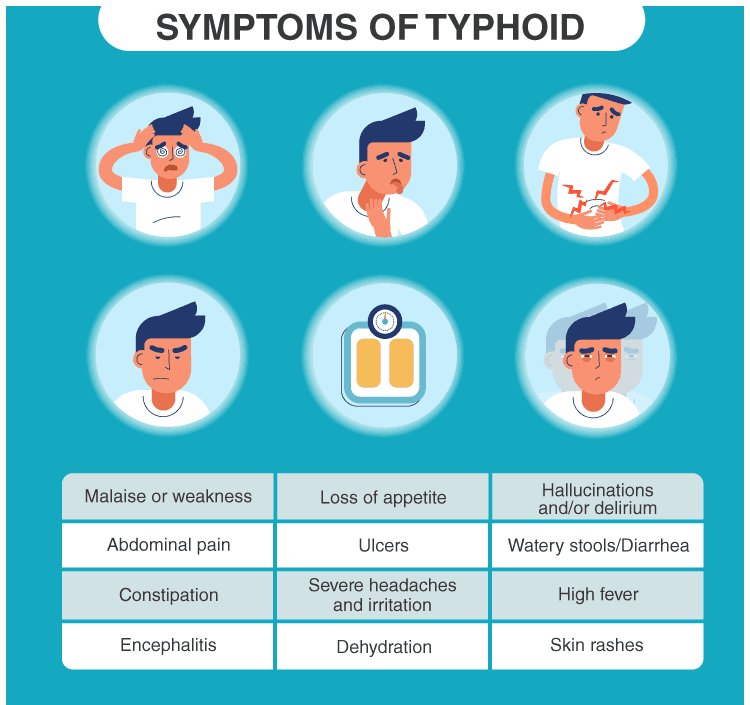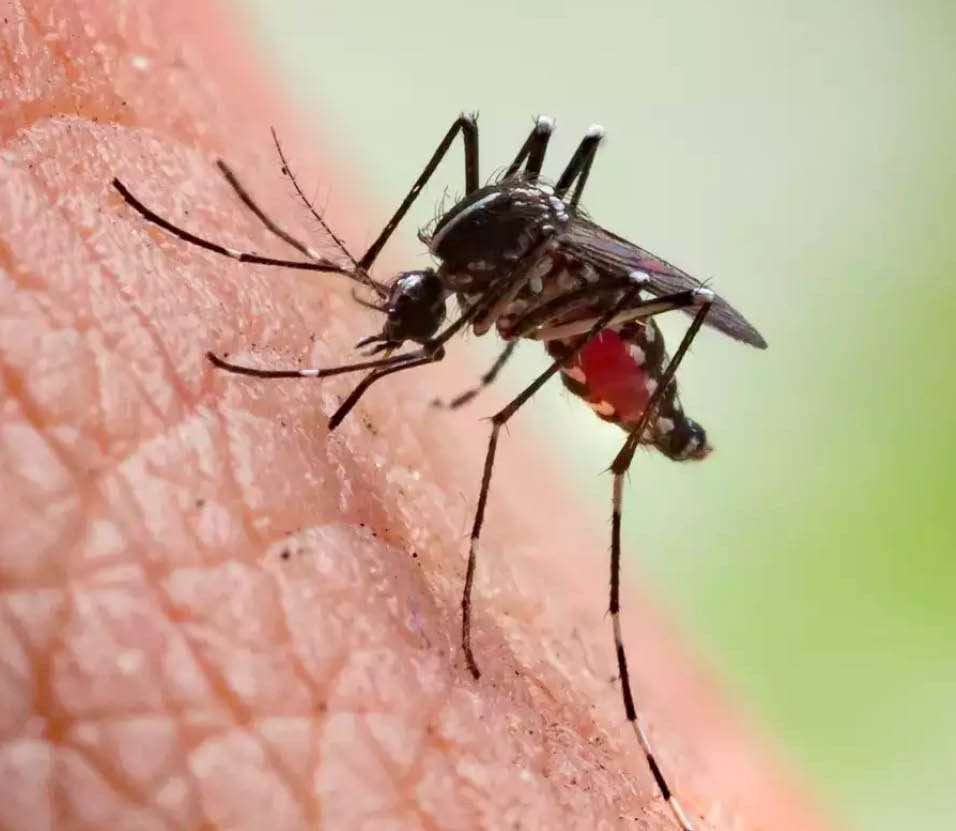No products in the cart.
Typhoid fever is a bacterial infection caused by Salmonella enterica serotype Typhi (S. Typhi) bacteria. It is a significant global health concern, particularly in areas with poor sanitation and limited access to clean water. In this blog post, we will explore the causes, symptoms, diagnosis, treatment, medication, dosage, and prevention strategies for typhoid fever. By understanding this disease and its management, we can take necessary precautions and promote better public health practices.












